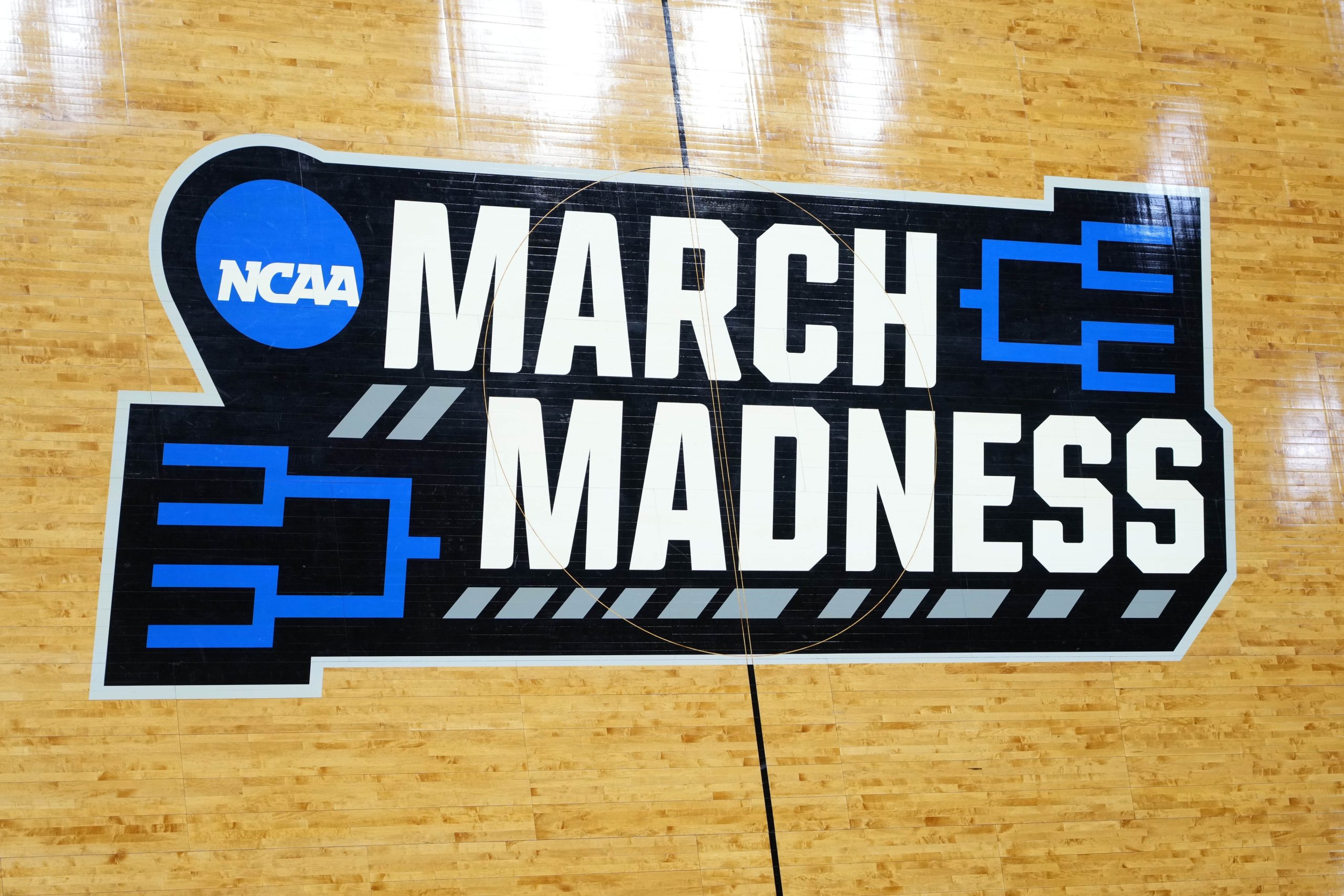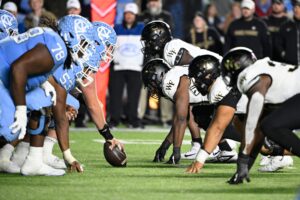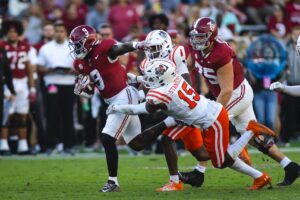Earlier this week, we witnessed four-seed UConn dismantle five-seed San Diego State in the Men’s Basketball National Championship. Throughout the tournament, college basketball fans everywhere saw bracket after bracket demolished as March Madness set in. A lone one-seed (Houston) made it to the Sweet 16. By the Elite Eight, the highest surviving seed was Texas (the lone two-seed advancing that far). The Final Four featured two four-seeds, one five-seed, and a nine-seed. For those who enjoy seeing overlooked teams wreak havoc in tournament-style basketball, the 2023 Men’s Tournament certainly did not disappoint. This begs the question for fans of historically outclassed football programs: could March Madness happen in college football?
Could March Madness Happen in College Football?
Why it Might Matter
To introduce that level of madness to college football, the expanded playoff would have to prioritize competitive postseason balance. I am generally not a fan of such a move. Mark Rogers over at the Voice of College Football came closest to convincing me that an expanded playoff might be good. I still disagree. That said, I cover the football program of my alma mater: the West Virginia Mountaineers. The fan in me would certainly like to see scenarios that expand their opportunity to stay relevant in December and January, something they have not done in over a decade.
With college football concentrating its power into two conferences, the path for the remaining three Power Five conferences looks daunting. To be honest, there is a legitimate argument to be made that this is bad for college football. The more big wins in January concentrated with the top 10 historical programs, the less engaged those rabid fans of the other 50-plus Power Five schools become. With an ever changing landscape, that danger grows daily. West Virginia fans might not matter in isolation, but what happens when you accumulate fans of Baylor, West Virginia, Oregon, Arizona State, Syracuse, and 45 others? You start looking at millions of college football fans who may simply tune out.
That is why the question matters. By securing historically large media deals for two conferences while the ACC fights for its share, the Big 12 cobbles together a conference, and the PAC-12 faces the possibility of securing no major media deal, the powers-that-be might well be powering this very result. Some have argued that NIL and transfers are ruining the game. This latest round of realignment, however, could prove worse. An expanded playoff that injects teams from the remaining conferences might keep those fans most at risk of fleeing engaged.
Critical Differences
Even if such a move pits Georgia or Ohio State against, say, Oklahoma State or North Carolina in a post-season context that matters, will that actually allow lower seeds to advance all the way to the National Championship? History suggests not. Indeed, as much as some fans hate to hear, the data we assembled when looking at whether star rankings matter remains. Comb through the last four years of college basketball team recruiting rankings. You will not see San Diego State in the top 50. Similarly, you will only see UConn in the top 10 once. Even in college basketball, the teams that find fewer high-level recruits rarely make an impact in the single game that matters most. That said, it does happen. This year is proof.
In college football, on the other hand, we are still searching for that proof. TCU came the closest, technically, since the dawn of the College Football Playoff. Then again, they also felt the furthest away after suffering a historic defeat to Georgia.
In fact, the reason football is more predictable than basketball is this. In college basketball, unusual defensive schemes (see San Diego State and Virginia for example) can upend superior athletes. Teams feature just 13 scholarship athletes, and it really only takes six or seven veteran players who gel together to make a viable team. On the other hand, college football’s pacing makes it less likely that truly superior athletes will fail to poke holes in the most creative offensive or defensive schemes. Additionally, a good college football team requires at least 22 players gelling together to make it work. Add in injuries and depth, and you really need 30-40 players with the right mix of experience and talent to make it work. Of course, that does not mean upsets do not happen. They do, but not at nearly the rate as they do in college basketball.
Can It Still Happen?
That said, our question is could March Madness happen in college football? Maybe it can. One of the things that allows for college basketball’s unpredictability is the international nature of the game. The NBA is also pouring more resources into the G-League to offer larger contracts to upper-echelon young players looking to hone their craft against other NBA hopefuls. The one-and-done rule in college basketball has already minimized the impact of the best players in the country. Growing international leagues continue to minimize the impact of the best players elsewhere in the world. Will football see the same result?
At this point, it is difficult to say. Football is not a truly international sport. Sure, they play football in Canada, and the NFL hosts some games in Europe. For the rest of the world, it is American Football, and futbol reigns supreme. That said, NIL might well begin to have the opposite effect of what has been intended. Even before large-scale NIL deals, fans already lamented seeing the best players sit out of the post-season and even sit out their final seasons once they had a high draft spot secured. Add in NIL deals, and players may become more inclined to give less on the field once they prove their talent to NFL scouts. If–and it is a big if–that trend accelerates, we might see teams that can field high rates third- and fourth-year players who fell into the three and low-four-star ranking designation make bigger impacts.
Indeed, that is precisely what we think would be required to allow a feeling of March Madness to creep into December and January in college football. If the elite talent remains concentrated in a handful of teams and that elite talent plays when it matters most, we suspect college football will remain as it has been. The top teams will continue to dominate. The weaker teams will beat each other up. And an expanded playoff will not change that. We still have hope, though, and we look forward to seeing the first school to prove us wrong.

Photo courtesy: Kirby Lee-USA TODAY Sports






